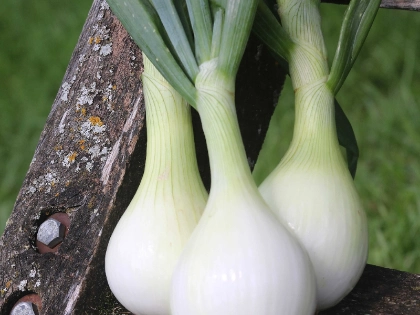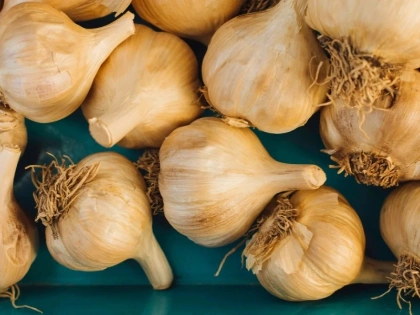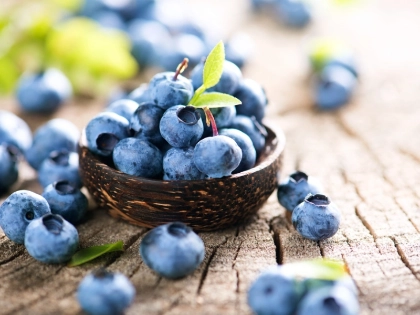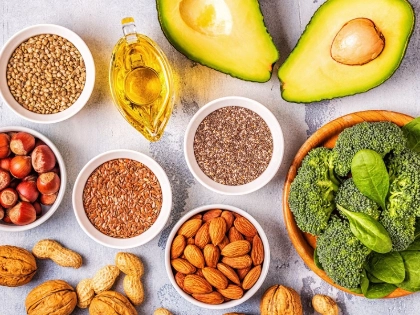1. Sugar

Sucrose is composed of two simpler sugars, glucose and fructose. Carbohydrates provide energy, growth and repair to cells.
Sugar causes more than just an immediate spike in blood sugar - it also damages collagen and elastin, making your skin appear older more quickly.
Therefore, it is recommended to minimize added sugars in your diet and opt for healthier alternatives whenever possible.
You might be amazed at how many hidden sources of sugar exist in everyday foods - things you didn't even know you were eating! Acquiring knowledge to spot these sneaky ingredients is a great way to keep your skin happy, healthy and youthful! Start by eliminating refined and processed sugars from your diet to feel the difference for yourself.
2. Meat

Meat is an excellent source of protein, minerals and vitamins that provide sustained energy, build and repair body tissues and protect the body from infections. Additionally, meat aids in the production of hemoglobin - an oxygen transport protein - which carries oxygen around different parts of the body.
It is also an excellent source of iron, zinc and selenium. These essential nutrients aid in tissue formation and metabolism as well as breaking down fats and chemicals within the body.
However, some individuals are allergic to meat proteins and may develop a skin rash after eating it. These rashes usually manifest as hives or eczema.
3. Chamomile

Chamomile, a sweet-scented flowering herb, can help relax your skin and reduce irritations. Enjoy it as an invigorating tea or apply topically for maximum benefits.
Chamomile has many healing properties, and its vapors have even been known to be an effective treatment for anxiety and sleeplessness. By traveling directly to the olfactory nerves, chamomile helps you turn off your stress response and relax.
Additionally, chamomile has anti-inflammatory properties which make it an excellent remedy for treating colds, coughs and other upper respiratory infections.
4. Spices

Spices are edible seeds, fruits, roots or bark of plants used primarily for seasoning, coloring and preserving food. Some spices like cinnamon, lemongrass or mastic have medicinal properties as well (Drewnowski & Rock 1995).
However, some of the phytochemicals that spices contain can cause skin or eye irritation if not used appropriately or contaminated with bacteria, parasites or other microorganisms that could lead to illness. This is especially true if the spice isn't prepared correctly in adequate amounts or contains harmful bacteria, parasites or other microorganisms that should not be eaten.
Many people opt to avoid foods that have been contaminated with fungi, bacteria or other microorganisms. This is an adaptive response as it helps prevent food poisoning and other foodborne illnesses that could harm an unborn child.
Advertisement
Recommended Reading: What to Eat While Trying to Get Abs

























Comments
Leave a Comment
Your email address will not be published. Required fields are marked *